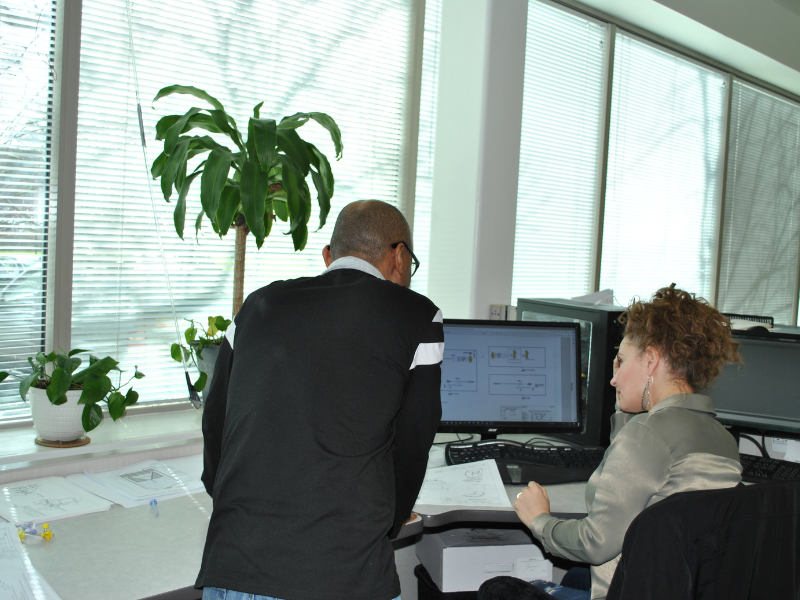Bringing a product to market can be a complex challenge, but with effective collaboration between product design and engineering teams, the journey becomes manageable and successful. This blog shows how a synergistic approach to product design and development transforms innovative ideas into market-ready products. By exploring each step of the iterative process, we reveal how collaboration drives innovation, quality, and efficiency from initial concept to final production.

The Iterative Product Design and Engineering Process
The development of a successful product involves a series of interconnected steps, each building upon the previous one:
- Conceptualization: This is where ideas take shape. Designers and engineers collaborate to brainstorm concepts, taking into account market trends, consumer needs, and technological possibilities. Sketches, mockups, and early 3D models are often used to visualize the product's potential.
- Design Phase: Product designers refine the chosen concept, focusing on aesthetics, user experience (UX), and functionality. They create detailed designs that outline the product's appearance, materials, and user interface. Throughout this process, there is constant communication with engineers to ensure the design is technically feasible.
- Engineering Phase: This is an important part of product engineering services. Here, engineers take the reins, translating the design into a manufacturable reality. They choose appropriate materials, create technical drawings, and develop the product's internal mechanisms. This phase involves careful consideration of factors like cost, performance, and safety.
- Prototyping, Validation, & Testing: During this phase, the product engineers create physical prototypes. This allows them to evaluate the product's design, functionality, and user experience. Rigorous testing helps identify any flaws or areas for improvement. This agile process of prototyping and refinement ensures that the final product meets the highest standards.
- Manufacturing: Once the design is finalized and thoroughly tested, the product moves into the manufacturing phase. This involves scaling up production, managing supply chains, and ensuring quality control throughout the process. The product design and engineering teams continue to collaborate, troubleshooting any issues that may arise during production.
The Role of a Full-Service Contract Manufacturer in Collaboration
A contract manufacturer like MFG One plays a crucial role in facilitating seamless collaboration between product design & engineering services teams. By offering a wide array of capabilities, a contract manufacturer can streamline the entire process, from concept to production. Our experts work closely with you to provide valuable insights and recommendations to ensure successful product development services.
With a full-service manufacturer, engineering and design services teams have access to a wealth of resources and expertise under one roof. This includes industrial designers, engineers, prototyping specialists, and manufacturing experts. By having these professionals collaborate closely from the early stages, potential issues can be identified and addressed proactively, reducing delays and costly rework.
Furthermore, a product design and development company’s state-of-the-art facilities and advanced technologies enable rapid prototyping, testing, and validation. Design and engineering teams can quickly iterate and refine their concepts, ensuring that the final product meets all specifications and regulatory requirements.
Benefits of Collaborative Product Design & Engineering
The seamless collaboration between product design and engineering teams yields numerous benefits:
- Enhanced Innovation: Collaborative efforts lead to innovative solutions that are both creative and technically feasible. By combining diverse perspectives, teams can develop unique products that stand out in the market.
- Improved Communication and Knowledge Sharing: Collaboration fosters open communication and knowledge sharing between teams. Designers gain a better understanding of engineering constraints, while engineers gain insights into design principles and user experience considerations. Their shared knowledge leads to better-informed decisions and a more cohesive final product.
- Improved Efficiency: Cross-functional teamwork fosters creativity and problem-solving, allowing you to push boundaries and develop truly innovative solutions. When designers and engineers collaborate, they can challenge each other's perspectives, leading to novel ideas and breakthroughs that set products apart from the competition.
- Cost Optimization: Effective collaboration reduces waste, optimizes material usage, and streamlines processes, resulting in cost savings throughout the product design and engineering process. By identifying potential issues early on and making informed decisions, companies can avoid costly mistakes and inefficiencies.
- Higher Quality: Rigorous testing and validation ensure that the final product meets rigorous quality standards. Collaborative efforts help in identifying and resolving design flaws, resulting in a more reliable and durable product.
- Seamless Production: A full-service manufacturer facilitates smooth transitions from design to production. Their expertise in both areas ensures that the product can be efficiently manufactured without compromising on quality or functionality.
- Reduced Time to Market: Collaboration reduces delays and minimizes costly rework, allowing companies to bring their products to market faster and capitalize on opportunities. With designers and engineers working together from the initial stages, potential roadblocks can be identified and addressed proactively, streamlining the entire development process.
- Enhanced Product Quality: By addressing potential issues early on and leveraging diverse expertise, collaboration leads to higher-quality products that meet or exceed customer expectations. The combined knowledge of designers and engineers ensures that products not only look great but also function flawlessly, adhering to stringent quality standards.
- Increased Customer Satisfaction: Products that harmonize design and engineering excellence are more likely to resonate with customers. This leads to higher customer satisfaction and brand loyalty. A seamless user experience and reliable functionality are often the result of a well-integrated design and engineering process.
By embracing collaboration between product design and engineering teams, companies can navigate the complexities of product development with greater ease, delivering innovative solutions that captivate customers and drive business success.
Contact MFG One for Innovative Product Design and Engineering Services
If you are searching for an experienced contract manufacturer in the USA, get in touch with MFG One. We offer a comprehensive solution, handling every step of the process from design and engineering to manufacturing and logistics. We understand the power of collaboration in product design and engineering. Our experienced teams work hand-in-hand to transform your vision into reality. Partner with us and experience the benefits of seamless collaboration, from concept to shelf.
Contact us today to schedule your free consultation.
